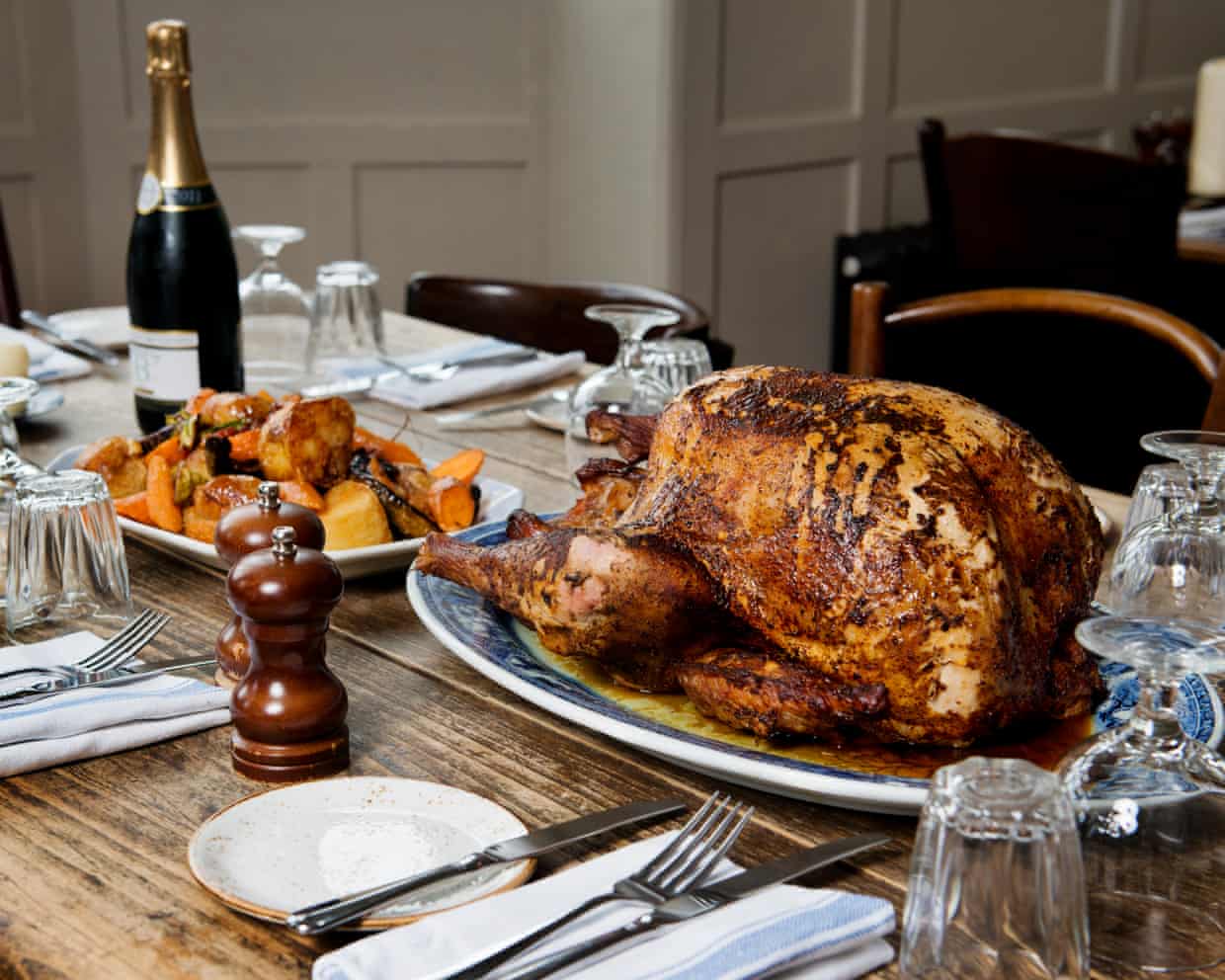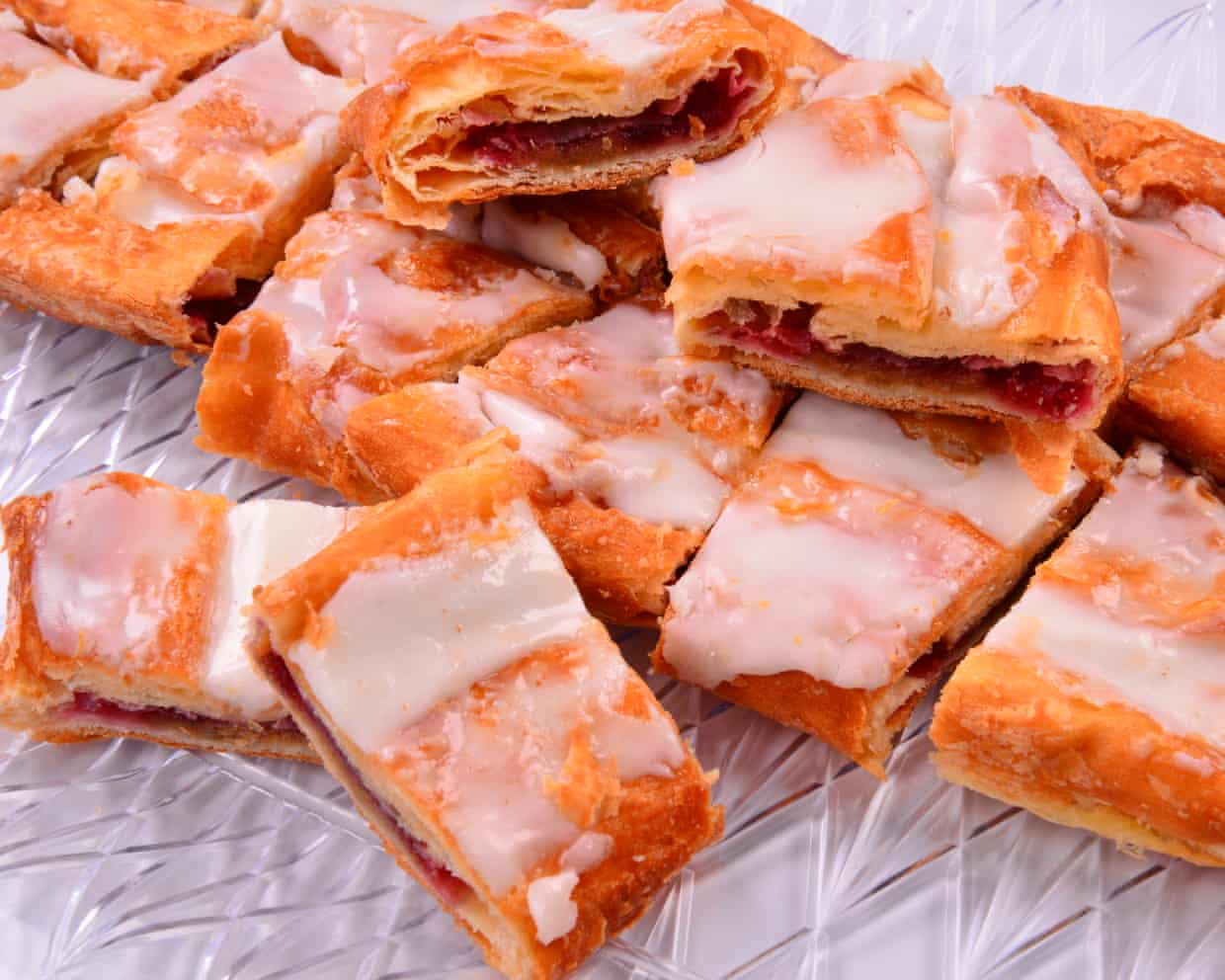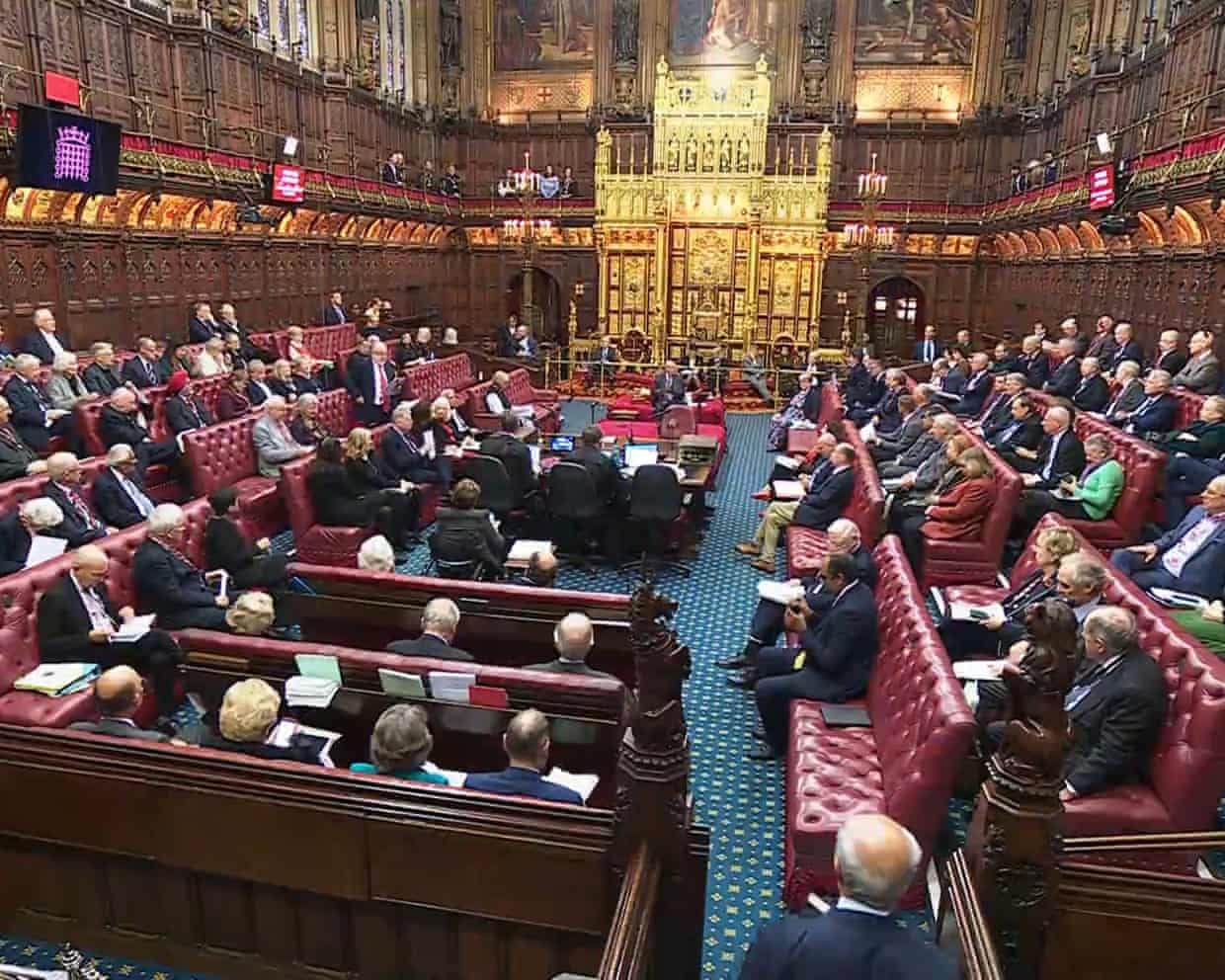Foreign interference or opportunistic grifting: why are so many pro-Trump X accounts based in Asia?

When X rolled out a new feature revealing the locations of popular accounts, the company was acting to boost transparency and clamp down on disinformation.The result, however, has been a circular firing squad of recriminations, as users turn on each other enraged by the revelation that dozens of popular “America first” and pro-Trump accounts originated overseas.The new feature was enabled over the weekend by X’s head of product, Nikita Bier, who called it the first step in “securing the integrity of the global town square.” Since then many high-engagement accounts that post incessantly about US politics have been “unmasked” by fellow users.An Ivanka Trump fan account that posts about illegal immigration to the US was shown to be based in Nigeria.
MAGAStorm, spreading conspiracy theories about the assassination attempt on Trump, was found to be in eastern Europe.AmericanVoice which posts anti-Islam content, is based in India.Users have noted that a high proportion of these potentially misleading accounts – many of which claim to be in America – are operating from Asia, but experts are in disagreement over whether they may be state-backed influence campaigns or even opportunists trying to make a quick buck.In 2024 the Centre for Information Resilience (CIR) revealed that a network of accounts on X were posing as young American women, stealing images from European influencers to burnish their credibility.Often these images were manipulated to include pro-Trump hats and clothing.
The new location feature on X has allowed Benjamin Strick, who ran the original investigation, to confirm that almost all of these accounts purporting to be “independent Trump supporting” women are located in Thailand,Strick noted that while promising to “follow patriots” and “stand with Trump”, these accounts often also posted anti-Islamic content too,In their 2024 report, the CIR found that these accounts exploited “pre-existing societal tensions” in their efforts to spread disinformation,“Accounts seized upon news stories relating to gender and LGBTQ+ rights, in some cases allowing them to undermine Democratic policies and promote Republican views,”Fears that foreign actors are using social media to influence US voters reached their zenith in the months after Trump’s 2016 election win over Hillary Clinton.
An intelligence assessment the following year detailed the steps that the Russian state took to bolster Trump using bot farms.In the years since, experts have warned that foreign influence campaigns are becoming more sophisticated, but as America’s politics has become more partisan and voters more siloed, those warnings appear to have been forgotten.However it’s possible though that the sheer number of pro-Trump accounts around the world might have as much to do with turning a profit as political influence, says Simon Copland, a researcher at the Australian National University.“Social media is really based on attention … [and] on places like X or Twitter you can get money from that,” he says, adding that at the moment, the best way to get attention “is to be posting about Donald Trump.”Changes to the way X monetises its content could be a factor as well.
In 2024, the platform announced that creators would now be paid based on the levels of engagement with their content.At the time, some expressed concern that this would incentivise users to create more and more controversial content.“When platforms begin to reward engagement, creators will begin posting anything that drives a discussion of some sort, including posts that are designed to enrage users, forcing them to reply or comment,” TechCrunch wrote at the time.“That’s where things like rage bait come about,” says Copland.“People deliberately induce rage to try to encourage people to go on to the platforms” and engage in the content.
The calculations used to determine a user’s payments remain opaque and it’s not clear how much money overseas users posing as Maga-faithful could be making.A BBC investigation from 2024 suggested that for some, it could be thousands of dollars.Experts in southeast Asia’s disinformation space say such figures could be highly motivating for people in the region.A 2021 report into southeast Asia’s “disinformation crisis” found that many accounts pushing xenophobic and misogynistic messages to appeal to the US right were not particularly invested ideologically, but “driven by almost purely entrepreneurial motivations.”While the perpetually online cadre of Trump’s followers erupt in anger over the origins of some accounts – many of which have now been suspended – others have been left questioning why the issue matters at all.
Copland points to the flow of rightwing ideas, and how policies dreamed up in dank corners of the internet can make their way to the heights of US and European politics.On the night that X began to reveal the location of accounts, Donald Trump shared a post from an account called Trump_Army_.With nearly 600,000 followers, the account regularly amplifies conspiracy theories; in a recent post it asked its followers if “JFK was killed for trying to expose the same crooks Trump is now exposing”.Soon after, another user pointed out that Trump_Army_ was based in India.It’s among the more innocuous examples, but illustrative of the way the wider ecosystem of right-wing politics operates online.
“Extreme ideas start in these dark corners of the internet,They spread, they become memes, they go on to more mainstream platforms and then you see politicians pick them up,” says Copland,‘In May, Trump ambushed South African president Cyril Ramaphosa in the Oval Office, accusing him of turning a blind eye to a “white genocide” against South African farmers,These widely discredited claims are thought to have in-part originated in far-right chatrooms,“We have to be taking this stuff seriously,” he warns, because these ideas “are suddenly becoming mainstream.
”X was approached for comment.

Yes, there are reasons to be cynical about Thanksgiving. But there’s also turkey …
It’s easy to be cynical about Thanksgiving. The origin story that we’re all told – of a friendly exchange of food between the pilgrims and the Native Americans – is, at best, a whitewashed oversimplification. And then there’s Black Friday, an event that has hijacked one of our few non-commercialised holidays and used it as the impetus for a stressful, shameless, consumerist frenzy.The Guardian’s journalism is independent. We will earn a commission if you buy something through an affiliate link

Wine magnums aren’t just for Christmas – or even champagne
There are many reasons you may want to buy a magnum, and those reasons multiply and proliferate around this time of the year. Your usual night in with your partner becomes a party for six. Dinner with the family becomes an enormous pre-Christmas do, with thirsty adults and kids in the way everywhere. And watering the masses can get expensive, not to mention cumbersome.The Guardian’s journalism is independent

Danish delight: Tim Anderson’s cherry marzipan kringle recipe for Thanksgiving
Kringles are a kind of pastry that’s synonymous with my home town of Racine, Wisconsin. Originally introduced by Danish immigrants in the late 19th century, they’re essentially a big ring of flaky Viennese pastry filled with fruit or nuts, then iced and served in little slices. Even bad kringles are pretty delicious, and when out-of-towners try them for the first time, their reaction is usually: ”Where has this been all my life?”We eat kringles year-round, but I mainly associate them with fall, perhaps because of their common autumnal fillings such as apple or cranberry, or perhaps because of the sense of hygge they provide. I also associate kringles with Thanksgiving – and with uncles. And I don’t think it’s just me; Racine’s biggest kringle baker, O&H Danish Bakery, operates a cafe/shop called “Danish Uncle”

How to turn the dregs of a jar of Marmite into a brilliant glaze for roast potatoes – recipe | Waste not
I never peel a roastie, because boiling potatoes with their skins on, then cracking them open, gives you the best of both worlds: fluffy insides and golden, craggy edges. Especially when you finish roasting them in a glaze made with butter (or, even better, saved chicken, pork, beef or goose fat) and the last scrapings from a Marmite jar.I’ve always been fanatical about Marmite, so much so that I refuse to waste a single scoop. I used to wrestle with a butter knife, scraping endlessly at the jar’s sticky bottom, until I learned that there’s a reason the rounded pot has a small flat spot on each side. When you get close to the end of the jar, store the pot on its side, so the last of that black gold inside pools neatly into the side for easy removal

What’s the secret to great chocolate mousse? | Kitchen aide
I always order chocolate mousse in restaurants, but it never turns out quite right when I make it at home. Help! Daniel, by email“Chocolate mousse defies physics,” says Nicola Lamb, author of Sift and the Kitchen Projects newsletter. “It’s got all the flavour of your favourite chocolate, but with an aerated, dissolving texture, which is sort of extraordinary.” The first thing you’ve got to ask yourself, then, is what kind of mousse are you after: “Some people’s dream is rich and dense, while for others it’s light and airy,” Lamb says, which is probably why there are so many ways you can make it.That said, in most cases you’re usually dealing with some form of melted chocolate folded into whipped eggs (whites, yolks or both), followed by lightly whipped cream

The small plates that stole dinner: how snacks conquered Britain’s restaurants
It’s love at first bite for diners. From cheese puffs to tuna eclairs, chefs are putting some of their best ideas on the snack menuElliot’s in east London has many hip credentials: the blond-wood colour scheme, the off-sale natural wine bottles, LCD Soundsystem and David Byrne playing at just the right decibel. The menu also features the right buzzwords, such as “small plates” and “wood grill”.But first comes “snacks”. There are classics: focaccia, olives, anchovies on toast

Analysts back British gambling firm stocks despite tax rises for sector

Severe asthma can be controlled by a monthly injection, trial finds

Peers are just doing their job in scrutinising the assisted dying bill | Letters

Shortfall in return on investment in health | Brief letters

‘I didn’t even know this type of attack existed’: more than 200 women allege drugging by senior French civil servant

Horrific death of Kardell Lomas sparks urgent calls for new independent oversight of police